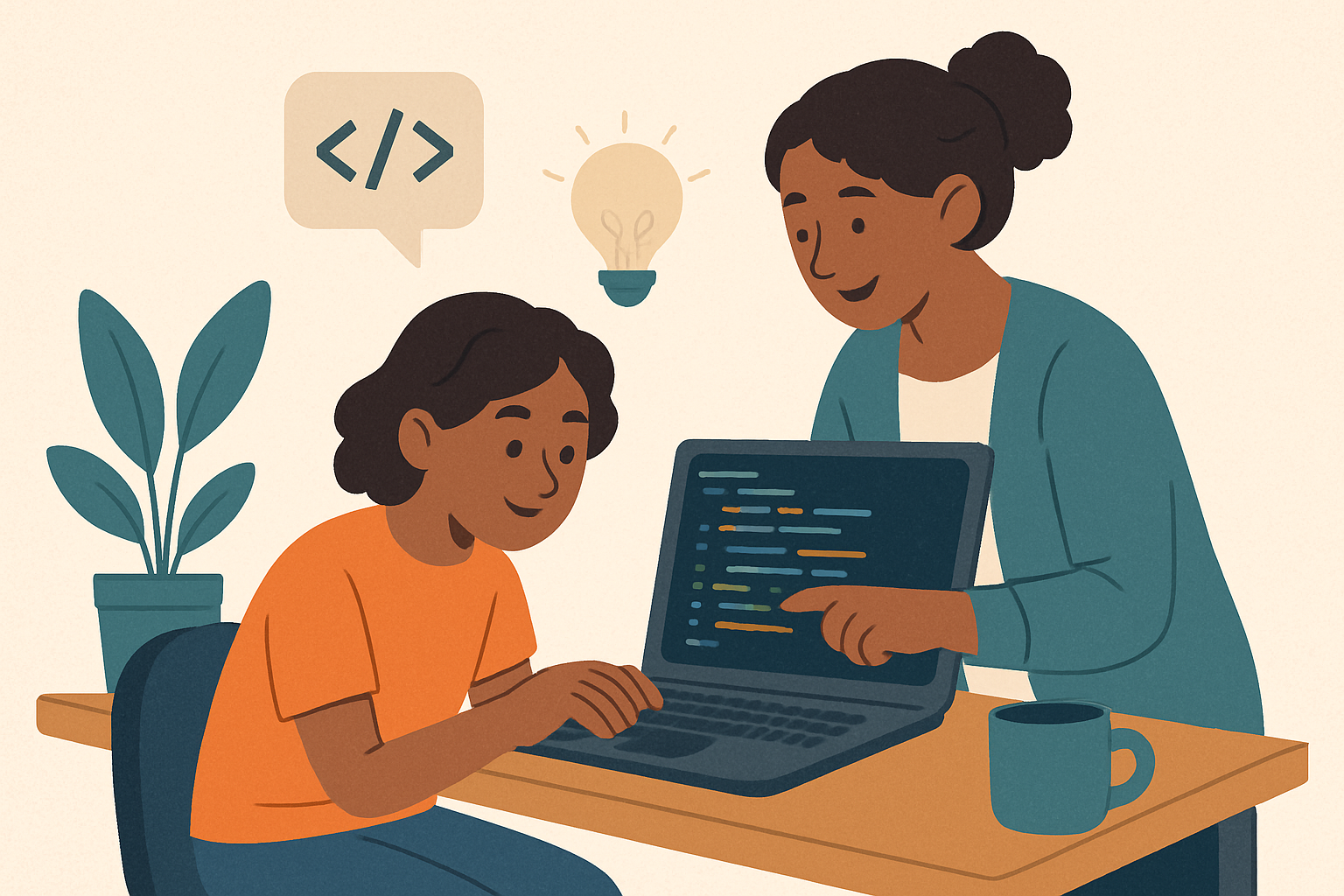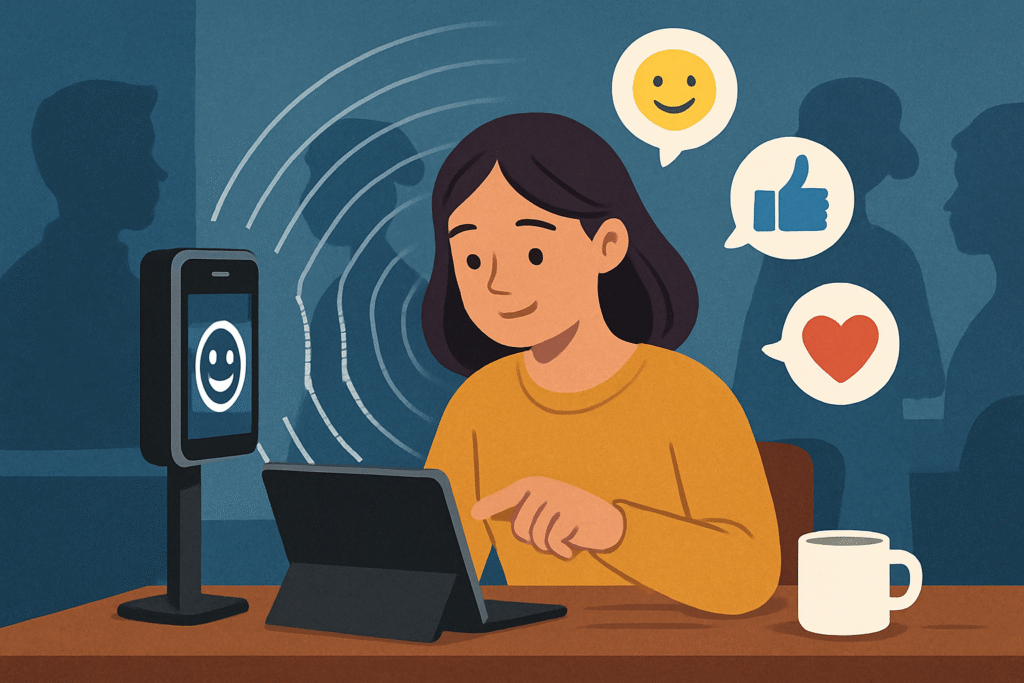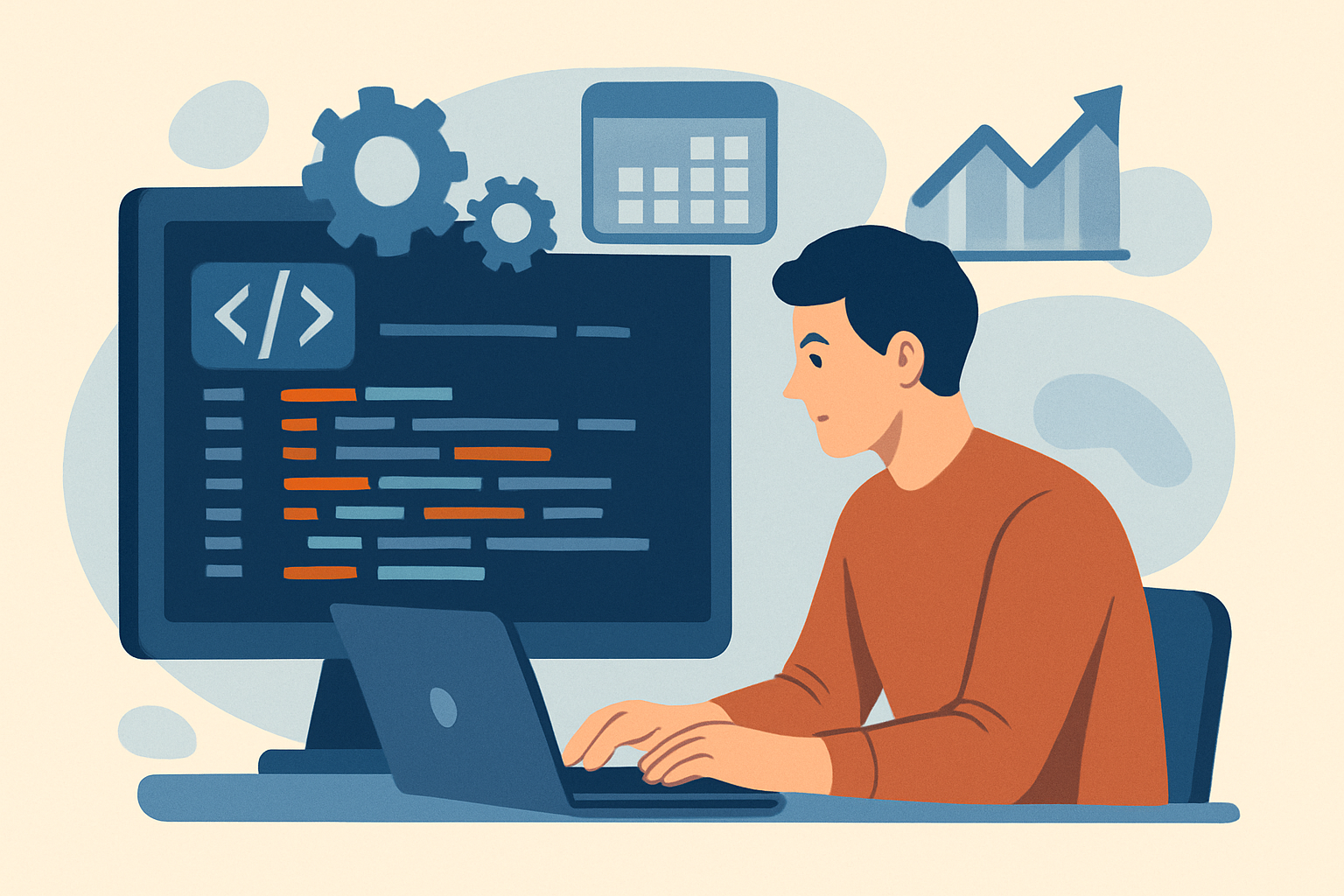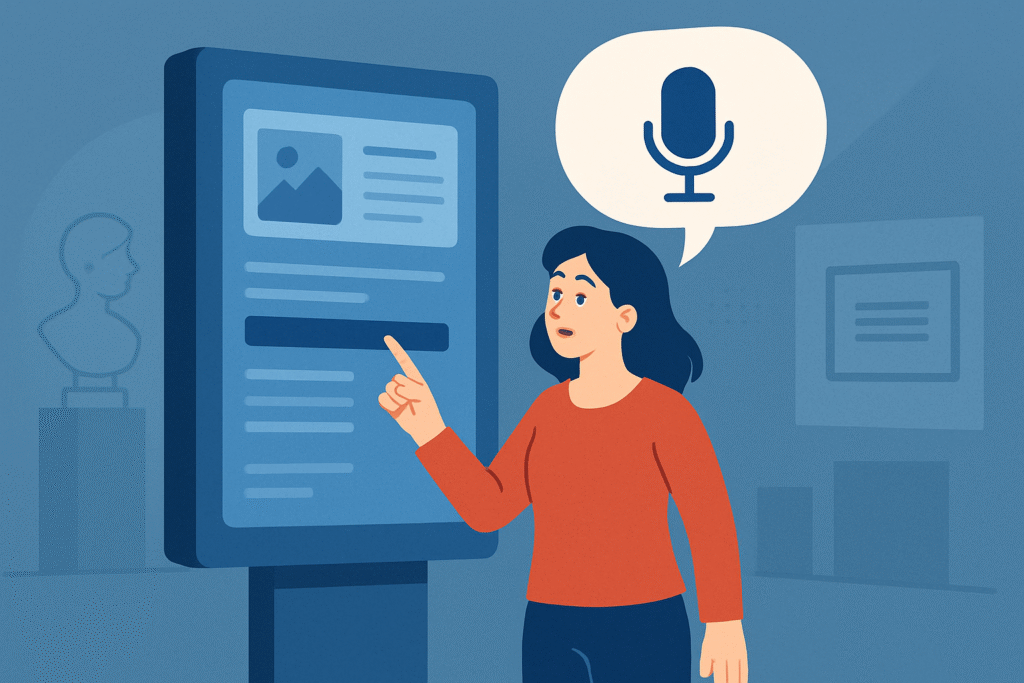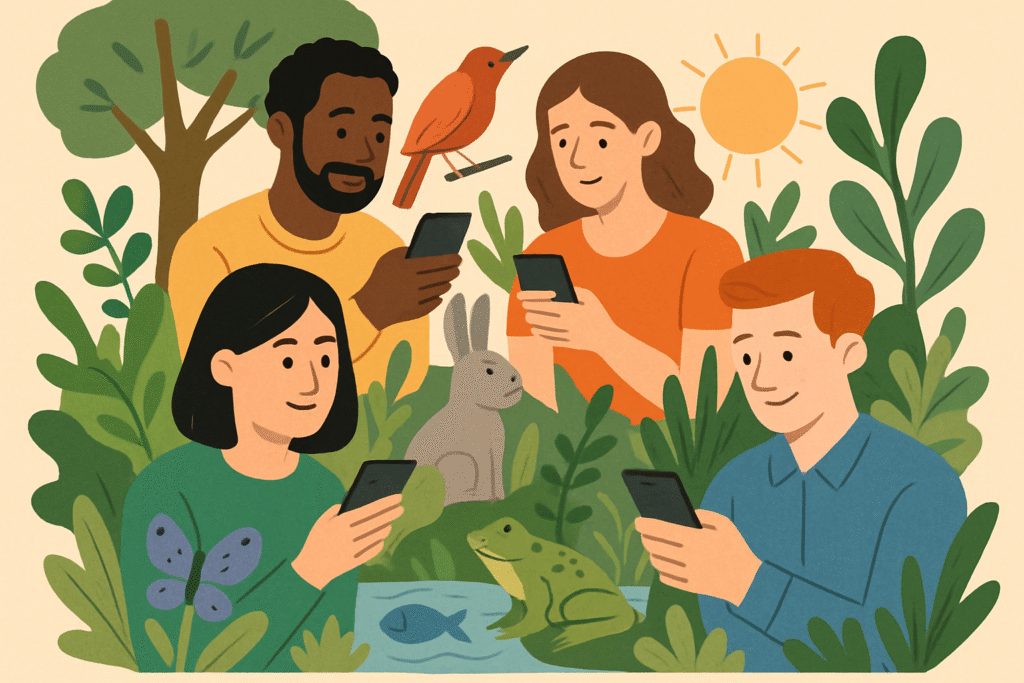
Think of a complex adaptive system as many small players, all doing their thing at the same time, reacting to each other, and shaping the big picture without a single boss running the show. Ahumada-Tello and Castañón-Puga describe it as a decentralized network of “agents” (people, teams, apps, even companies) whose combined choices create the overall result. When these agents interact, local moves—such as a few friends changing plans—can ripple into larger patterns, like the overall vibe of a whole club or community. That’s why studying interaction (who talks to whom, and how often) often explains more than just listing everyone’s individual traits.
Four ideas make this easier to picture in daily life. First, there are many layers: your team sits inside a class, a school, a city, and so on; each level influences the others. Second, it’s nonlinear: small inputs can snowball—one rumor or meme can flip a whole plan. Third, connectivity matters: the links between people can be more important than any one person. And fourth, agents adapt: we sense what’s going on, choose, act, and adjust again, which lets the group self-organize without a central controller.
From these interactions, patterns “emerge.” No one plans every step, but simple local rules still add up to smooth outcomes—such as a supply chain functioning or a club event coming together. Good systems keep a balance: not frozen, not chaotic, but near the “edge of chaos,” where creativity and options are highest. They also benefit from variety (different viewpoints), simple rules that everyone understands, and numerous quick feedback loops where small tweaks can lead to significant improvements. Your world is full of nested systems, too—your part-time job is inside a local market that sits inside a national economy—so expecting change and adjusting fast is a winning habit.
What does this mean for organizations you’re part of—student groups, startups, workplaces? They work best when they avoid two traps: a rigid “perfect balance” that kills innovation, and total rule overload that tips into chaos. Aim for limited instability where people can experiment safely. Over-centralizing with too many procedures can suffocate initiative, so use a few clear rules, strong communication, and trust teams to adapt. As Ahumada-Tello and co-authors note, organizations thrive through emergence, self-organization, and evolution—so design your projects to learn quickly, share information widely, and let good ideas spread.
Reference:
Ahumada-Tello, E., & Castañón-Puga, M. (2019). Sistemas adaptativos complejos: un método de análisis organizacional. In I. Plascencia López & J. Ramos (Eds.), Teorías de la complejidad en las ciencias económico-administrativas: Una aproximación (1st ed.). Universidad Autónoma de Baja California.
